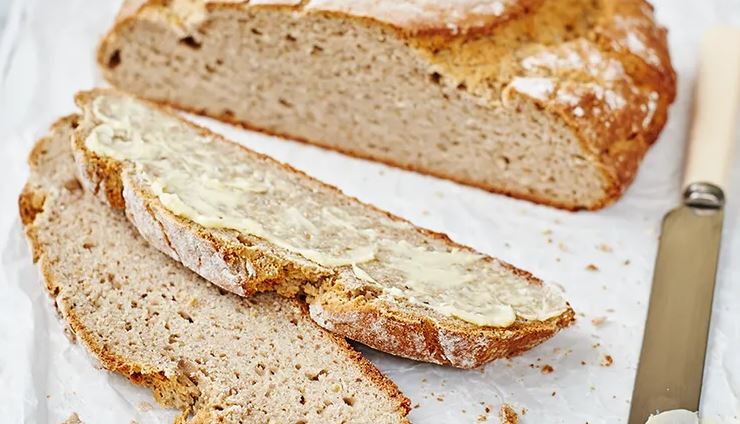Gluten bread is a specialized type of bread designed for individuals who need to avoid gluten, a protein found in wheat, barley, and rye. This type of bread offers an alternative for those with celiac disease or gluten sensitivity, allowing them to enjoy the comfort of bread without triggering adverse reactions. The history of gluten-free bread highlights the progress made in catering to dietary restrictions while still delivering a delicious and nutritious staple.
The need for gluten-free bread has grown in recent decades due to a better understanding of celiac disease and gluten sensitivity. In the past, individuals with these conditions had limited options for bread consumption, often relying on homemade recipes or niche products. The development of gluten-free flours and specialized baking techniques has transformed this landscape, offering individuals a wider range of options and greater convenience.
The rise of gluten-free bread parallels the broader trend of increased awareness about dietary restrictions and a greater emphasis on health-conscious choices. As more people recognize the importance of accommodating various dietary needs, the demand for quality gluten-free alternatives has spurred innovation in the food industry, leading to improved recipes and products.
INGREDIENTS
- 2 cupfuls scalded milk
- 2 cupfuls boiling water
- 2 teaspoonfuls salt
- 1 egg
- 2 tablespoonfuls Crisco (shortening)
- 1/4 cupful warm water
- 1/2 yeast cake
- 3 cupfuls gluten flour (gluten-free flour)
INSTRUCTIONS
- In a mixing bowl, combine the Crisco, boiling water, scalded milk, and salt.
- Once the mixture has cooled to lukewarm, add the yeast cake that has been dissolved in warm water.
- Add the well-beaten egg to the mixture and mix thoroughly.
- Gradually incorporate the gluten-free flour, stirring until well combined. The dough will be sticky and soft.
- Allow the mixture to rise until it becomes spongy and increases in volume.
- After the initial rise, beat the mixture well to release excess gas.
- Add enough gluten-free flour to make a stiff dough, and knead the dough thoroughly.
- Allow the dough to rise once more until it has doubled in size.
- Shape the risen dough into loaves and place them in bread pans greased with Crisco.
- Let the loaves rise again until they reach the desired size.
- Preheat the oven to a moderately hot temperature (around 375°F or 190°C).
- Bake the loaves in the preheated oven for about one hour, or until the bread is golden brown and sounds hollow when tapped on the bottom.
- Once baked, remove the bread from the oven and let it cool on a wire rack before slicing.
Conclusion: A Nourishing Solution for Special Diets
- Gluten bread represents a triumph of culinary adaptation, catering to the needs of individuals with dietary restrictions while still delivering a satisfying and nourishing staple. The development of gluten-free bread recipes and products underscores the importance of inclusivity in our food choices, as more people seek alternatives that align with their health goals. As the demand for gluten-free options continues to grow, gluten bread serves as a reminder of the innovation and care that go into meeting diverse dietary needs.





